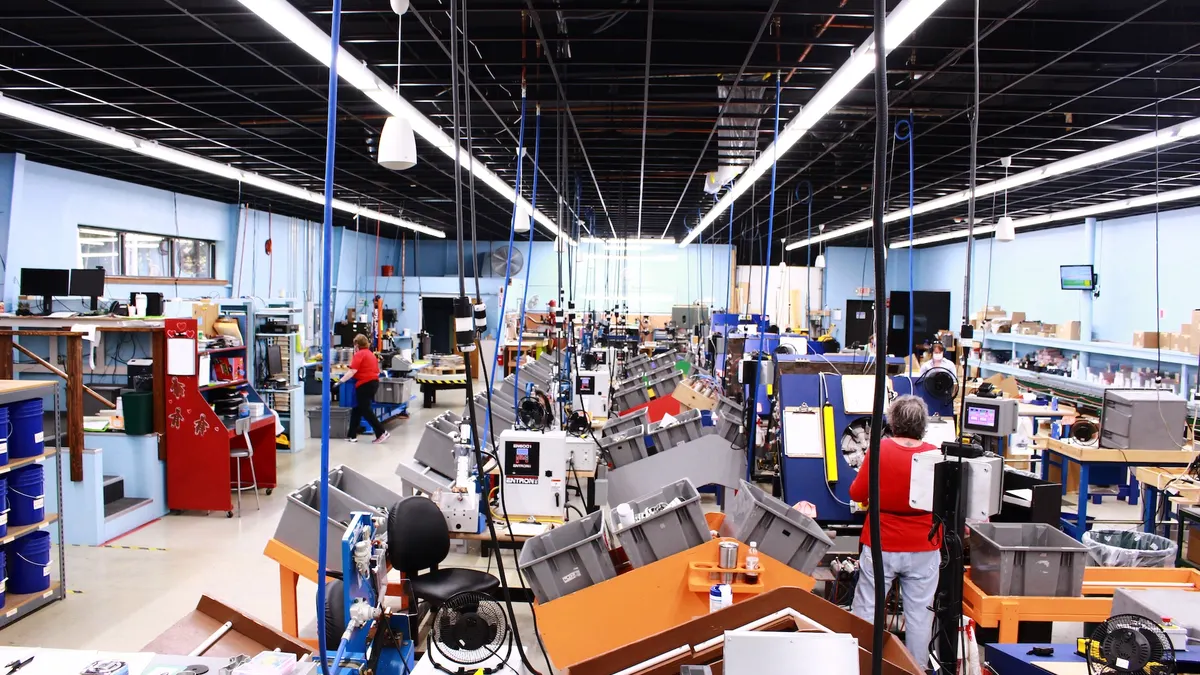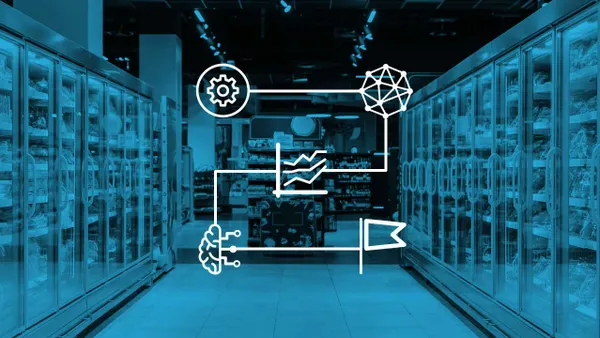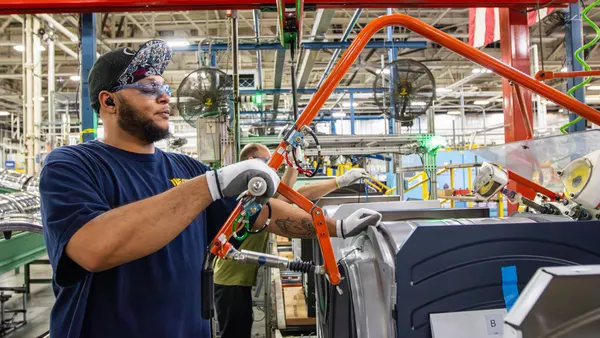The rise of AI isn’t about replacing jobs — it’s about making work processes smarter, faster and more effective. As supply chains become increasingly digital, organizations need resilient, highly skilled teams to keep pace. Yet, a looming global talent shortage threatens to leave $8.5 trillion in revenue untapped by 2030 if the issue is not proactively addressed.
To build the workforce of tomorrow, supply chain leaders must look beyond traditional hiring. While recruiting externally is one option, investing in strategic upskilling and reskilling programs can help organizations thrive well into the next decade. Here’s why these initiatives are essential for supply chain success and how to secure leadership support.
What do upskilling and reskilling mean for supply chains?
Upskilling and reskilling are about building a sustainable talent pipeline that addresses critical skill gaps. Upskilling involves helping employees develop new capabilities to excel in their current roles, while reskilling prepares them to transition into entirely new positions within the company.
Today’s supply chain professionals need both technical and leadership skills. Technical expertise might include working with AI, mastering data analytics, or managing automation and risk. Leadership abilities — such as problem-solving, critical thinking and emotional intelligence — are equally important. The goal is to create a workforce that can collaborate effectively with both technology and people, fostering flexibility and resilience through ongoing learning.
Why prioritize upskilling and reskilling over hiring?
Some organizations try to close the skills gap by hiring new talent. In fact, a recent survey found that two-thirds of C-suite executives plan to “buy” the skills needed for AI’s rise. However, hiring alone won’t keep pace with the rapid changes in the supply chain landscape.
Here’s why upskilling and reskilling are critical:
- Cost efficiency and ROI: Training current employees is often more cost-effective than hiring new ones. The Society for Human Resource Management reports that the average cost per hire is nearly $4,700, and some estimates put the total cost at up to four times the position’s salary.
- Boosted performance: Providing employees with up-to-date skills helps them work more creatively and effectively, driving productivity.
- Stronger retention and engagement: Investing in employee development signals a commitment to their future, which significantly increases loyalty and engagement.
- Future-proofing: As technology and industry standards evolve, so must team skills. Continuous learning builds a resilient workforce.
- Competitive edge: Companies that prioritize learning and development are better equipped to innovate and adapt. When employees feel unsupported, they’re more likely to leave for competitors.
Empower growth through learning
Upskilling and reskilling are vital for supply chain organizations aiming for long-term growth and competitiveness. By prioritizing employee development, individual capabilities are enhanced, and the business is positioned to meet future challenges head-on.
Embrace the future of work by giving your team the tools they need. Explore ASCM’s workforce development programs to build high-performing teams ready to meet any challenge. Download the shareable Why Your Supply Chain Team Needs Upskilling PDF.










